
Sudanese Community Association, Cork (SAC). Is a registered charity organisation with a charity number
The name (Sudan) was designated to the lands that were located Southern of the African Greater Desert which extends from the Atlantic Ocean in the west to the Red sea and the Indian Ocean in the east. Nowadays, the said name is designated to the region which is located in the South of Egypt in the middle part of the Nile Basin. The name (Kosh) was also designated, in the Old Testament and the Assyrian texts to the same part of land, but the present name (Sudan) is the plural of a Greek word that means (black people).
Sudan is located in northeastern Africa between the 22.4 latitudes northern equator and 38.22 longitudes. The country occupies the middle part between Africa and the Arab World which. Such a location distinguishes Sudan with a unique characteristic considering it is the main passage between the north and south of Africa. Sudan also was the main passage for the pilgrim and trade convoys that forward from the east of Africa to the Holy Lands until the mid of the current century.
The total area of Sudan is (about 1.882.000 million km square) which makes it one of the largest African countries and it comes sixteenth among the largest countries in the world. Sudan is the third largest Arab country and the second African.
The following countries neighbor Sudan:- Egypt, Libya, Chad, Central Africa, Ethiopia, Eritrea, South Sudan and the Red Sea. Arable lands are estimated to be (200) Million Feddans (84) Million Hectares.
Tropical climate, characterized by increased heat degrees on most days of the year, is very dry in the far north, graduates to be semi-wet in the far south, and prevails in Sudan.
Annual rain rates range from almost zero in the far north to 500 mm in central Sudan to more than 1000 mm in the far south of Sudan.
The River Nile, including all its various branches, plays an important role in Sudan’s economic, social and cultural life and its foreign relationships. The water of the River Nile and all its various branches is utilized in generating electricity from the Dams of Al-Roseires, Sinnar, Khashm Al-Girba and Jabal Awliaa as well as in navigation and fishing.
Groundwater storage is estimated to be about (900) Billion meters utilized for irrigation purposes and civil usage.
There are (17) airports in Sudan of which (6) are international airports, the biggest one thereof is the Khartoum International Airport, which studies are currently made for transferring and reconstructing, and (11) local airports distributed in states: Atbara, Al-Fashir and others. There are (63) airstrips currently in the different parts of Sudan.
The Red Sea is the only navigation outlet for Sudan to the external world. Port Sudan, Suakin, Awseif and Bashair are the Sudanese ports. The Coast of the Red Sea is characterized by the existence of coral phyla which provide lodging to different types of rare marine creatures.
The population of Sudan at the beginning of the year 2011 is estimated to be about (33.419.625) persons at a growth rate of 2,53 annually, population density reaches 14 persons for one km square. The population of rural areas constitutes 24,6% of the total population. The population of Sudan is comprised of tribes that are descended from Arab, African and Nubian origins.
Religions: Islam, Christianity and local beliefs.
Languages: Arabic, English, local languages and dialects.
Textiles – cement – food oil – sugar – soap – hide products – foodstuff – mining and transformational industries.
Animal Resources
The number of animal resources per million heads until the year 2005.
Camels:3,547 – Goats: 42,179 – Sheep: 49,797 – cows: 40,369
Hashab and acacia trees contribute constituting a part of Sudan’s forestry wealth where area cultivated with Hashab trees reaches (40120) Feddans producing (15200) Million tons on average while Hashab trees area reaches (64210) Feddans producing about (3450) Million tons per year.
Wood production reaches (11250) meter cubic sawn and (141450) meter cubic firewood while an average charcoal production per sack reaches (1772541) a year.
Production of minerals per ton until the beginning of the year 2005:
Gold (4.73), chrome(14666), gypsum (5132), salt ( ( 48685, and silver (2,40).
Crude oil 113,094 barrels for the year 2004.
Sudan has plentiful resources where animal resources, Gum Arabic, cotton, oil seeds and gold are significant sources for the treasury of the Country mining petrol will contribute to realizing welfare for Sudan’s people.
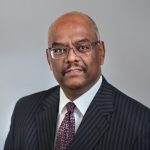
Chairperson of SAC Executive Committee
Consultant Occupational Physician. Chairperson of the SAC executive committee. Resident in cork since 2016.

Chairperson of SAC Executive Committee
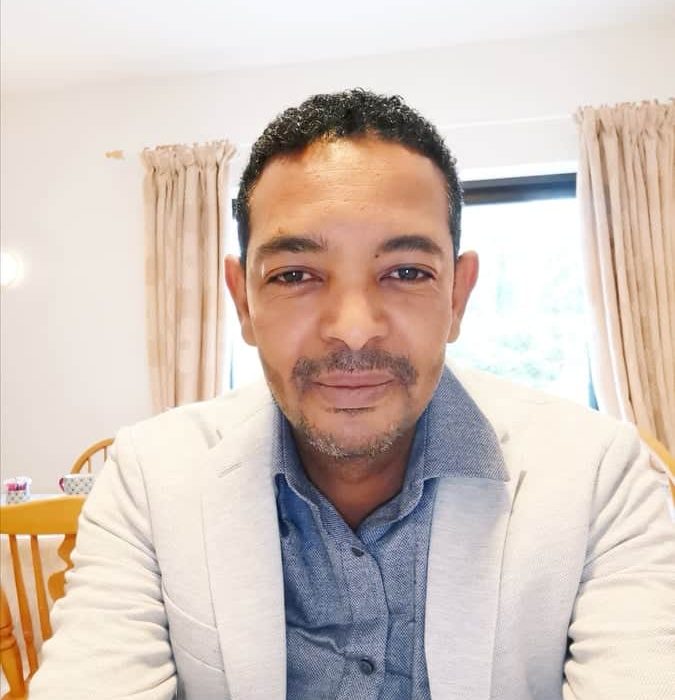
General Secretary
Consultant paediatrician at the Mercy University Hospital, Cork. Chief communication officer for the British Sudanese Association of Paediatrics Child Health. Member of the Sudanese Medical Specialisation Board (SMSB) Irish Paediatrics Advisory Board.

General Secretary
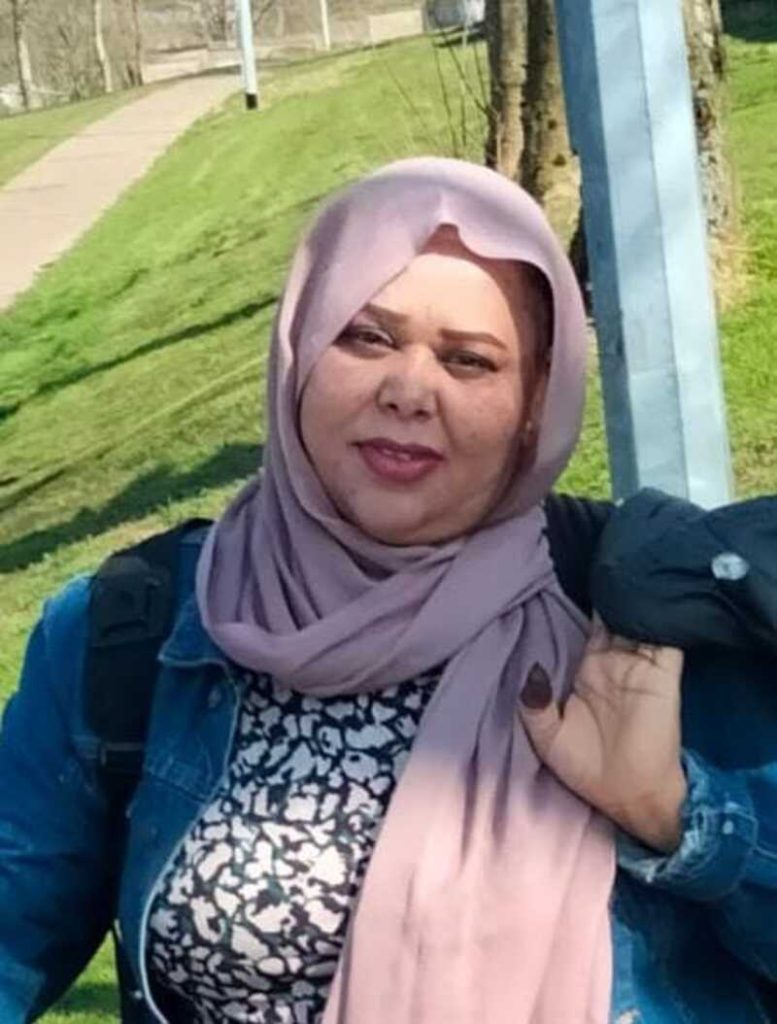
Women's Office
Member of the SAC, EC, Women's Office. Africa International University Graduate.

Women's Office
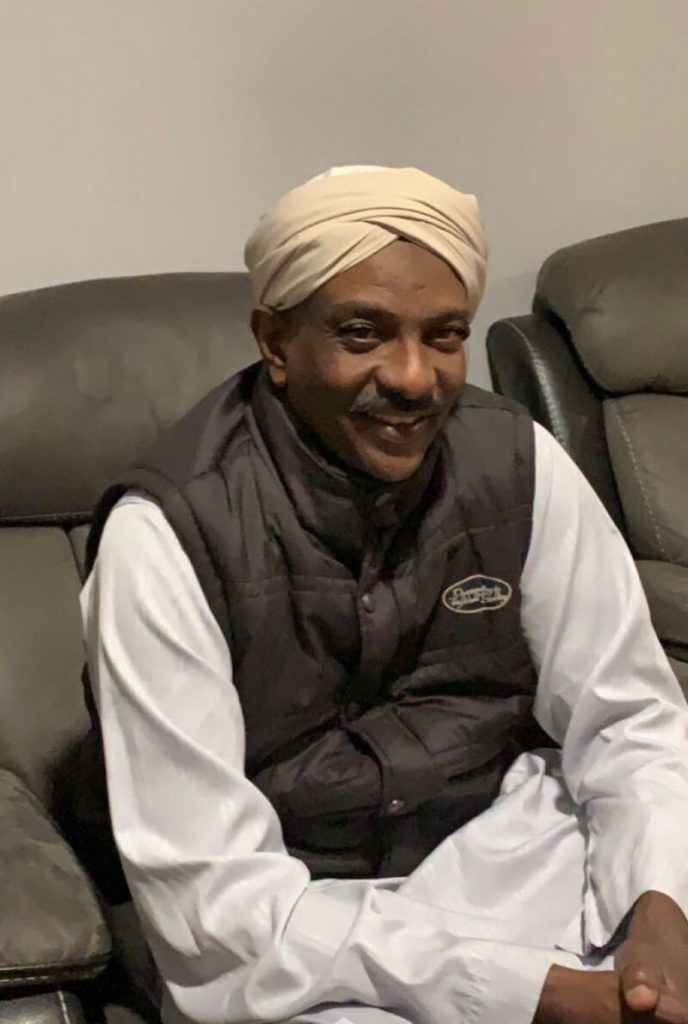
Social Secretary
Social secretary of the EC. One of the founders of the SAC association in 2009. Former president & member of the SAC EC

Social Secretary
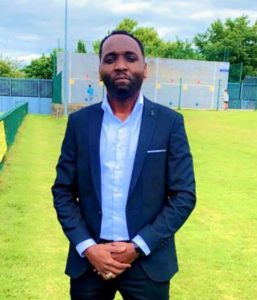
Financial Office
Accounting from Omdurman Islamic University. Master of Business Administration in finance and banking from Sudan International University

Financial Office
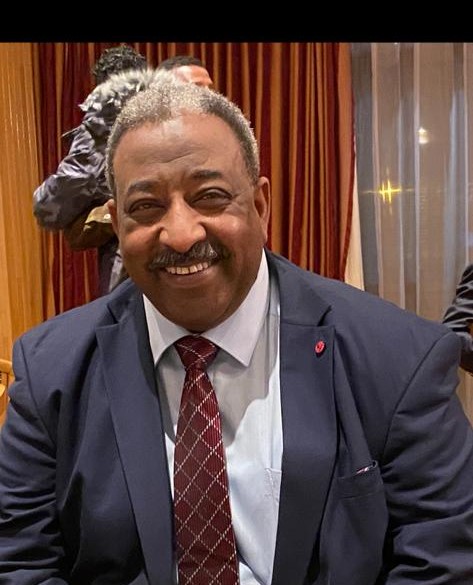
Deputy financial secret
Graduate of medical laboratory science, Dublin, BSc chemistry of pharmaceutical compounds (CPC) from UCC, Cork. Former chairperson of Sudanese Community Association, 2016–2017. Served as a member of the executive committee several times.

Deputy financial secret

Financial Office
Accounting from Omdurman Islamic University. Master of Business Administration in finance and banking from Sudan International University

Financial Office
SUDANESE COMMUNITY
ASSOCIATION, CORK
الجمعية السودانية بكورك
PO Box 809
Cork, Ireland
Registered charity Number
(RCN) 20201202
CHY (REVENUE) Number
20749